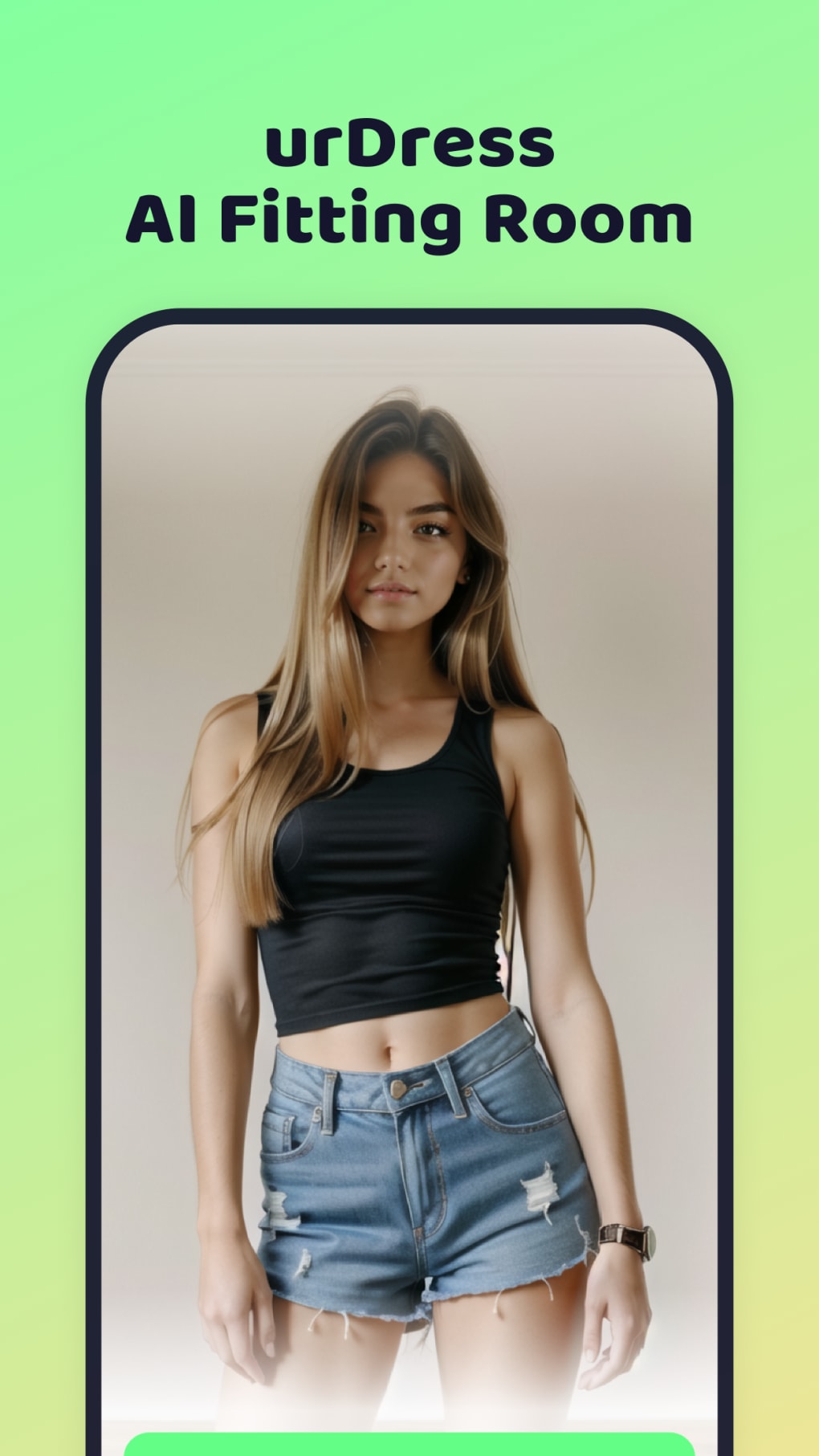AI Clothes Remover: Top Tools & Deepnude App Options
In an age dominated by technological advancement, where the lines between reality and digital manipulation blur, are we witnessing the dawn of a new era in image editing? The emergence of AI-powered "undressing" tools, capable of removing clothing from images with a single click, signifies a monumental shift in the landscape of digital imagery, raising complex ethical and societal questions.
These innovative tools, often referred to as AI clothes removers or deepnude applications, are rapidly gaining traction. They are powered by sophisticated AI models, meticulously trained on vast datasets of clothed and unclothed images. The core function is deceptively simple: upload a photograph, and the algorithm processes it to generate an altered version, digitally stripping away the clothing. These applications are not just about the novelty of removing clothes; they are about the potential to revolutionize creative design, redefine the fashion industry, and spark endless debate about privacy and consent. Tools like Unclothy and Clothoff.io represent this new wave of technology.
To delve deeper into this emerging technology, here is a summary of key features and functionalities:
- Movierulz Kannada 2023 Risks Where To Watch More
- 5starsstockscom Your Guide To Smart Stock Investing Beyond
| Feature | Description |
|---|---|
| Functionality | The primary function is to digitally remove clothing from images. Users upload a photo, and the AI processes it to generate an altered version with clothing removed. Some tools offer additional features, such as erasing imperfections and smoothing skin. |
| Technology | These tools leverage advanced AI models, specifically deep learning algorithms, trained on extensive datasets of clothed and unclothed images. This allows the AI to accurately identify and remove clothing, often with remarkable realism. The processing speed is often highlighted, with some apps claiming to be several times faster than average AI applications. |
| Ease of Use | A key selling point is the user-friendliness. Many applications boast a "one-click" operation, making the process accessible even to those without extensive technical skills. The goal is to bypass complex photo editing software like Photoshop. |
| Applications | These tools are proposed for creative design (such as fashion prototyping), the fashion industry (for visualizing clothing concepts), and personal entertainment. The potential for misuse, such as non-consensual image creation, is a significant concern. |
| Image Quality | Developers often highlight the algorithms' ability to preserve image quality during the transformation. Features like erasing imperfections and smoothing skin contribute to a more polished final product. |
One of the pioneering tools in this domain is Unclothy, an AI tool specifically engineered for undressing photos. Its design is centered on simplicity; users upload images, and the AI handles the rest, automatically detecting and removing clothing to generate what are often termed "deepnude" images. The promise is an easy, almost effortless, way to achieve a complex visual effect, circumventing the need for complex, traditional image editing software. The appeal is undeniable: a quick and accessible method for anyone to manipulate photographic images.
Another prominent player, Clothoff.io, distinguishes itself through the precision and speed of its operations. This tool prides itself on employing sophisticated deep learning algorithms to undress photos online with remarkable accuracy. It is powered by a diverse dataset of both clothed and unclothed images, a factor that contributes to its ability to deliver realistic and precise photo transformations. Users are given the ability to edit the images in ways such as removing imperfections, smoothing skin texture, and more. The speed and accuracy are further enhanced by the use of advanced AI algorithms, which preserve image quality during the transformation process.
The speed and efficiency of these AI clothes removers are frequently emphasized as key differentiators. Some applications claim to be significantly faster than their competitors, operating at speeds up to three times that of the average AI app, without compromising image quality. This superior performance contributes to the growing interest in this class of technology.
- Kannada Movies 2024 Reviews Where To Watch Movierulz Risks
- Who Is Merritt Wever Movies Husband Relationship Status
These technologies, while intriguing, have their roots in the fundamental concept of image manipulation. The ability to alter an image to the extent of removing clothing raises serious ethical considerations. The question of consent is paramount, with concerns about non-consensual image creation and distribution. The potential for misuse is evident, and developers and users alike must proceed with awareness of the risks involved. The potential for malicious use is significant. These tools can be used to create fake images of individuals without their consent, potentially leading to significant harm, including reputational damage, emotional distress, and even legal consequences. This highlights the need for careful consideration of the ethical implications and responsible use of these technologies.
It's also important to address the transformative impact these tools are having across multiple industries. In the realm of creative design and fashion, for instance, these AI clothes removers are touted as revolutionary tools. Designers can utilize them to prototype and visualize new clothing concepts on models, bypassing the need for physical garments. This streamlining of the design process is seen as a significant efficiency gain.
The technology underpinning these applications often involves techniques that are constantly evolving. The sophistication of these algorithms is crucial; the AI must be able to accurately identify clothing and body parts, effectively remove the clothing, and fill in the gaps realistically. This requires advanced understanding of human anatomy, and how clothing interacts with the body.
The user experience of these tools often prioritizes simplicity. The goal is to make it as easy as possible for users to manipulate images. Many applications boast a one-click operation, making the process accessible even to those without extensive technical skills. This accessibility is both a strength and a potential weakness. It makes the technology available to a wide audience, but it also lowers the barriers to its misuse.
Another interesting facet is the cultural impact of these tools. They provide users with an unprecedented level of control over digital representations of the human form. This manipulation of imagery has the potential to impact how people perceive themselves and others, particularly in the context of body image and beauty standards. As such, the conversation about how these tools are used is vital.
The ability to visualize individuals in different attire, or even without clothing, is a central function of the tools. This functionality has creative applications. However, it also has ethical implications. The use of such tools necessitates a clear understanding of the potential consequences. The emphasis should always be on ethical and responsible use.
While the primary focus is on the removal of clothing, the underlying technology also offers opportunities for other forms of image enhancement. Features like erasing imperfections and smoothing skin texture can further enhance the visual appeal of the altered image.
One of the most crucial considerations is the preservation of image quality during the modification process. Regardless of the chosen mode or settings, a good application guarantees that the photos will maintain their natural appearance while achieving the desired transformations. This requires sophisticated algorithms to blend the altered areas seamlessly with the rest of the image. This level of quality is often difficult to achieve, but it is essential for creating realistic results.
The use of AI to generate images, particularly in the context of "deepnude" applications, is raising legal questions. Many of these applications could be in violation of existing laws related to the creation and distribution of non-consensual intimate images. Legislators and legal experts are actively working to develop new regulations to address the unique challenges posed by these emerging technologies. The legal landscape is evolving rapidly, and staying informed is crucial.
In essence, these tools are reshaping the boundaries of digital manipulation, and it is important to approach them with both excitement and caution. The speed and accuracy of the AI clothes removers make them a powerful tool. But with power comes responsibility. The technology presents both unprecedented opportunities and significant risks. This is not just about the technology itself; it is about how it is used, and the ethical considerations that must guide its application.
The advanced AI algorithms work meticulously to preserve image quality while applying the selected modifications. Regardless of the chosen mode or settings, the app guarantees that your photos will maintain their natural appearance while achieving the desired transformations.
It's worth noting that the availability of these tools, particularly those that are easily accessible, raises concerns about their potential misuse. The ability to create images that are sexually suggestive or that depict individuals in a state of undress without their consent is a serious matter, and this underscores the ethical considerations around their use.
The application of these technologies extends beyond mere image modification. They can be used to personalize digital experiences. For instance, these tools can be integrated into platforms that allow users to create avatars or virtual representations of themselves. This integration offers interesting possibilities for enhancing user engagement and creativity.
Ultimately, the future of AI clothes removers will be determined by a variety of factors. The continued advancement of AI technology, the evolving legal and ethical landscape, and user adoption are all important. The technology provides exciting opportunities, but it also presents significant challenges. The responsible and ethical use of AI clothes removers will be a key factor in their long-term success.
- The Life Of Bella Tsarnaeva Boston Bombing Aftermath More
- Vegamovies The Ultimate Movie Streaming Guide Alternatives

urDress AI Dress Room for iPhone Download

AI generated a beautiful brunette woman in a luxury dress. ai

AI generated Black Female Model With Bold Glitter Makeup in Shimmering